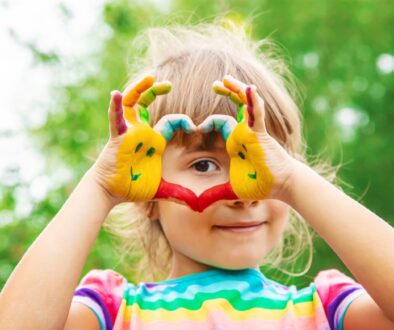Navigating Sibling Dynamics

Sibling rivalry. It can challenge even the best of us. We all just want our kids to get along, but the fact of the matter is that siblings fight. It is just part of the business of growing up and figuring out how relationships work. Home is the training grounds for children to test boundaries, find confidence and gain an understanding of relationship dynamics.
The cause of sibling fighting is usually simpler than you may think, and it is a good idea to start with the basics. Children often fight because they are hungry, tired, bored, want attention, need alone time, or they just do not have the skills yet to communicate their feelings.
Just because it is a normal part of growing up does not mean you have to be driven crazy by sibling conflicts. For caregivers, it is our responsibility to give our children the tools with which to navigate these relationships. Here are a few tips to help establish more peace in your home:
- Be Candid. Talk to your children about how important their relationship with one another is to you. Be candid about the benefits of having a sibling as a lifelong friend.
- Validate ALL Feelings. Don’t take sides. Each sibling has a role when it comes to arguments, so be objective without blame. Try “You two seem to be having a hard time – I wonder what we can do,” instead of “who started this.”
- Set Limits. The truth is that even though all feelings are ok, not all behaviors are. Children need guidance and limits that keep them and others safe. When kids get dysregulated, they need a calm adult to set limits with respect and kindness. Remember, they are still learning. “I see that you are feeling very angry right now, but I won’t let you hit your sister.”
- Stay Calm. Be respectful in your communication and use discipline as a teaching tool. Focus on possible solutions and mutual agreements instead of punishments. This can help strengthen connection, the ability to cooperate, and create a positive sense of self.
- Model Empathy. Put focus on understanding unmet needs and boundaries. Try not to focus on the behavior that was hurtful. Instead talk about how it made them feel. Children generally know that hitting or hurting a sibling is not ok.
- Be Intentional. Make sure you are filling each individual child’s cup with one-on-one attention directed to their specific interests and needs. Let them know that they are safe, important, and loved, and that their needs will be met.
- Take a Time In. Allow everyone some time to calm down if things are still escalated. Stay nearby and offer support but do not try to force problem solving until everyone is ready to listen.
Keep in mind that the skills needed to manage and resolve conflict do not happen overnight. By investing in today, you are giving your child what they need so that eventually they will be able to manage their own relationship dynamics.
Some of the most important things we can show our children are patience and empathy. We all want our children to develop supportive and loving relationships with their siblings because we know how valuable that is. So, use the time when they are interacting well together to notice it and give specific praise to acknowledge how they are getting along. Be calm and understanding when they are having a hard time and fighting erupts. Before reacting, consider all the circumstances and remember that behaviors are a child’s way of communicating a need; so, try getting curious first.





